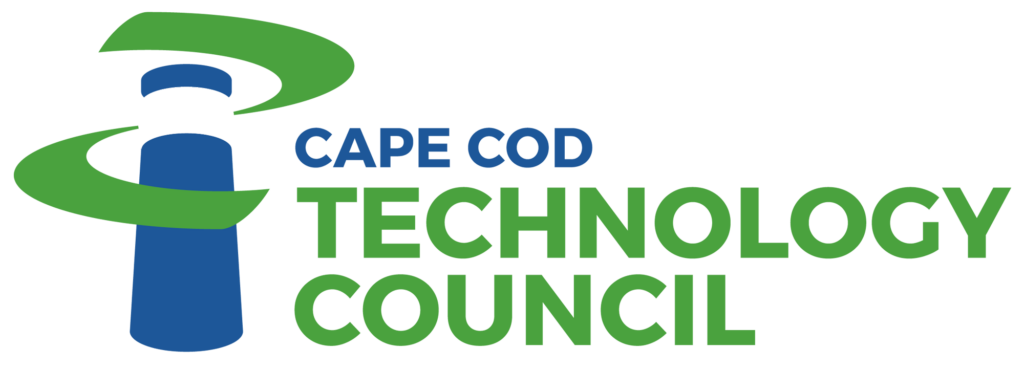At this month’s Infrastructure Meeting, we invited a SMART Grid Speaker from NSTAR to come tell us about their efforts. NSTAR received fiber from Open Cape (built with stimulus grant funds), in exchange for use of their poles. Now, we’re wondering how that fiber is being used.
As consumers, when we think of smart utilities we think of automation on the customer side of the meter. There has been a lot of talk about utility companies being able to control the flow of power to homes in times of high demand, or increasing efficiency within the home. Vendors like Nest have moved in to address the smart use of power on the consumer end, while NSTAR has focused on the distribution side, with an eye towards lowering outages through distribution automation.
NSTAR’s Doug Horton brought a presentation to the meeting, and fielded many questions from the committee. NSTAR has invested in distribution automation, installing over 2,000 switches so far. Now they know where a fault is on the line and can open and close the switches to isolate the fault, minimizing the number of effected customers.
Without these switches, if a driver hits a pole, everyone on that line has an outage until it’s repaired. Now, there are three modes of automation: supervisory, where it reports to an operator who sends a lineman out to fix the problem; Electric delivery, which uses digital-based information processing to propose a solution; and full self healing, which reroutes the power without intervention.
The committee asked about burying wires to increase reliability of the grid, which Doug says is very expensive. Boston’s network is underground and redundant, and while it’s more expensive to fix, it’s also more reliable. There is no question that there are benefits, the question is if it’s the right investment to make on behalf of their customers.
Furthermore, you can’t have telecom infrastructure unless you have reliability of the grid. One solution that was mentioned was the solar field implemented by the town of Dennis as a more reliable source of energy.
One of our members asked if the smart grid was able to communicate to the public the way it communicates to the system, so towns and municipalities can use it. Doug said that cyber security issues are being investigated and addressed, including customer meter data and information about the system. While that data would be helpful, it might also be a way to bring the system down, he said. “Our focus is on provision of that service to the customer, so if there’s a risk to providing information, things like infrastructure maps are not something they’re willing to make public.”
Doug also told us about the Green Button Initiative, started by the White House. As one might imagine, there are customers who want that information, and just as many who don’t want that it shared.
We asked if the grid was smart enough to brown out areas, and avoid outages related to increased usage. NSTAR can reroute pretty quickly. When they see a problem as they approach a peak, they send out a call to reduce demand – but browning down is voluntary. It’s not done by NSTAR. NSTAR’s control stops at the meter. Their focus has been on grid-facing technology, for the benefit of the customer.
With the goal of reducing the impact of outages for their customers, NSTAR is also using the Open Cape fiber for reliable communication with their field personel. This provides field crews with voice, data, and phone during emergencies.
The Infrastructure Committee also discussed Dig Once legislation and how other municipalities are putting in conduits for burying lines.
To learn more about Smart Grids, go to www.smartgrid.gov
For more about grid modernation, go to magrid.raabassociates.org
